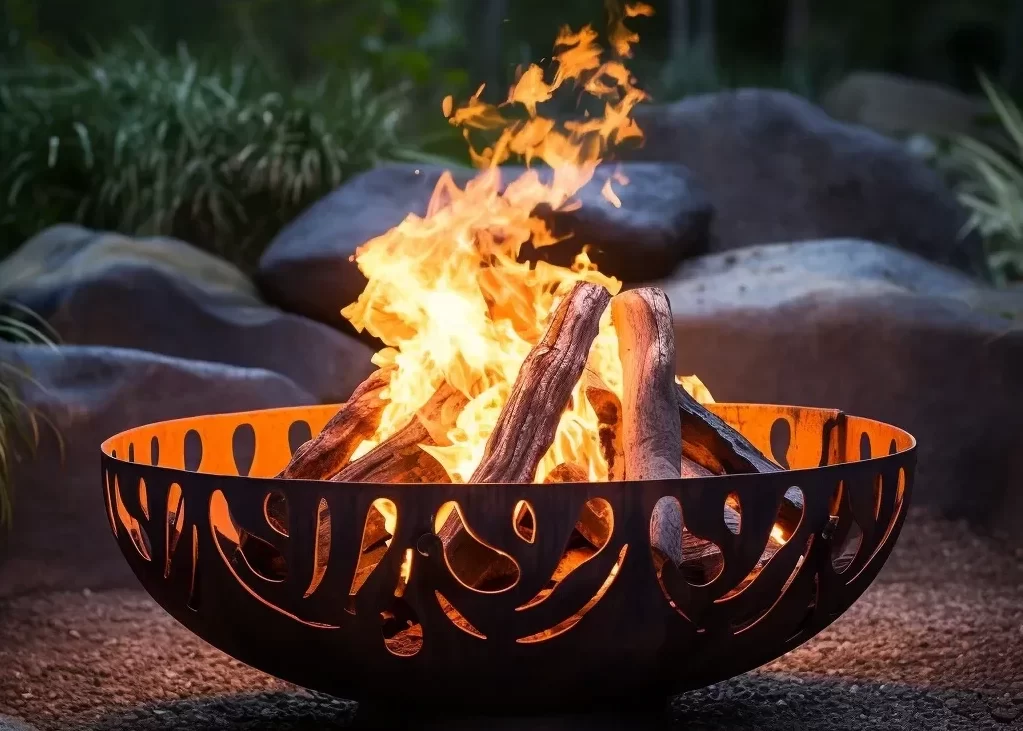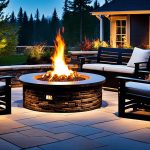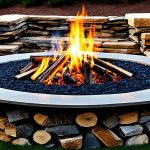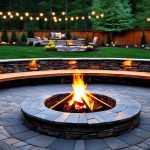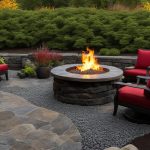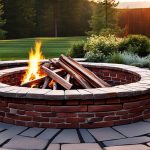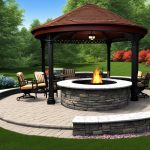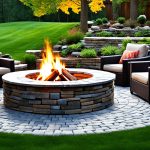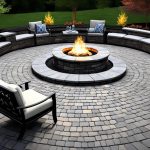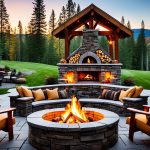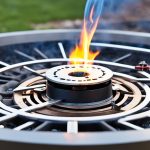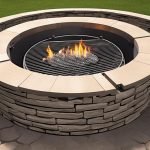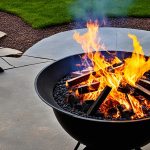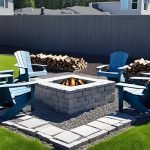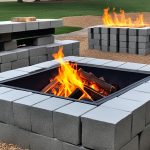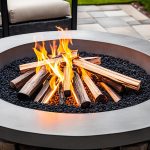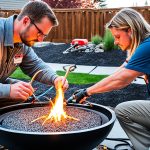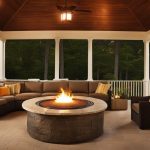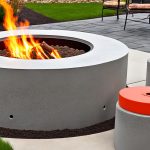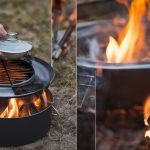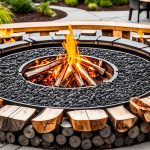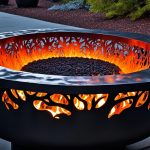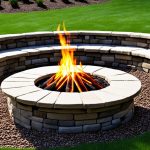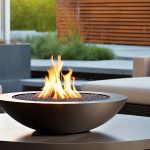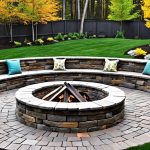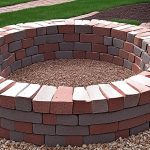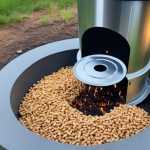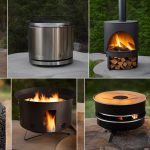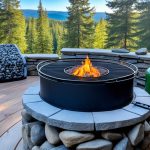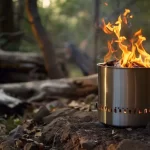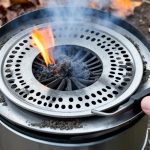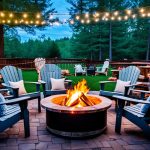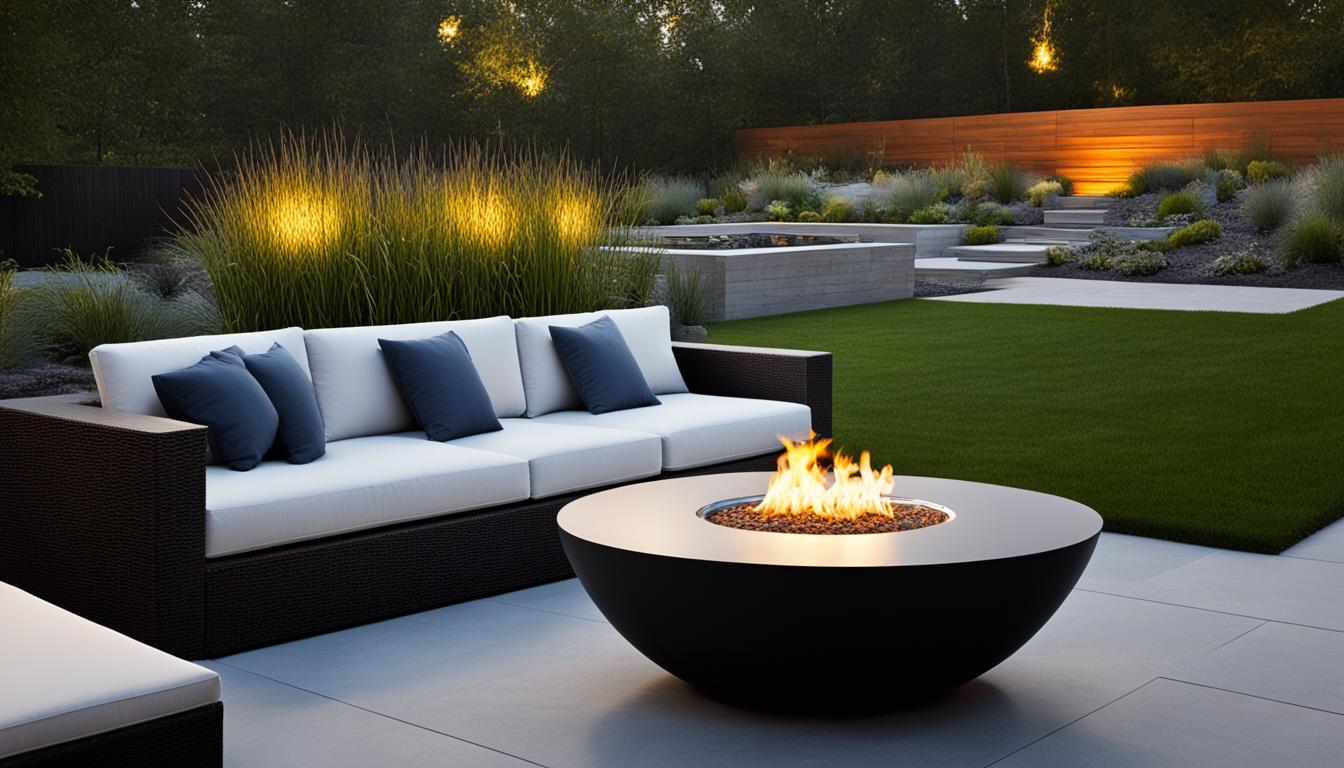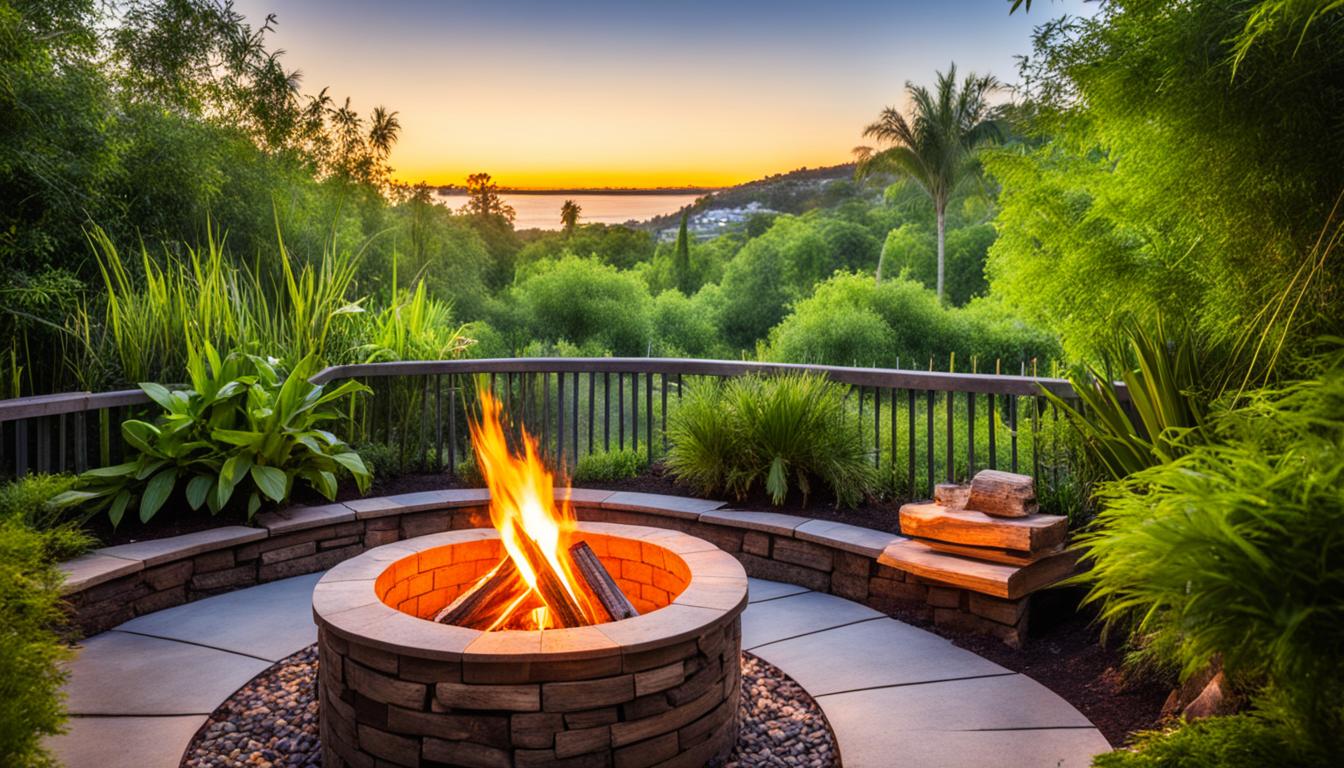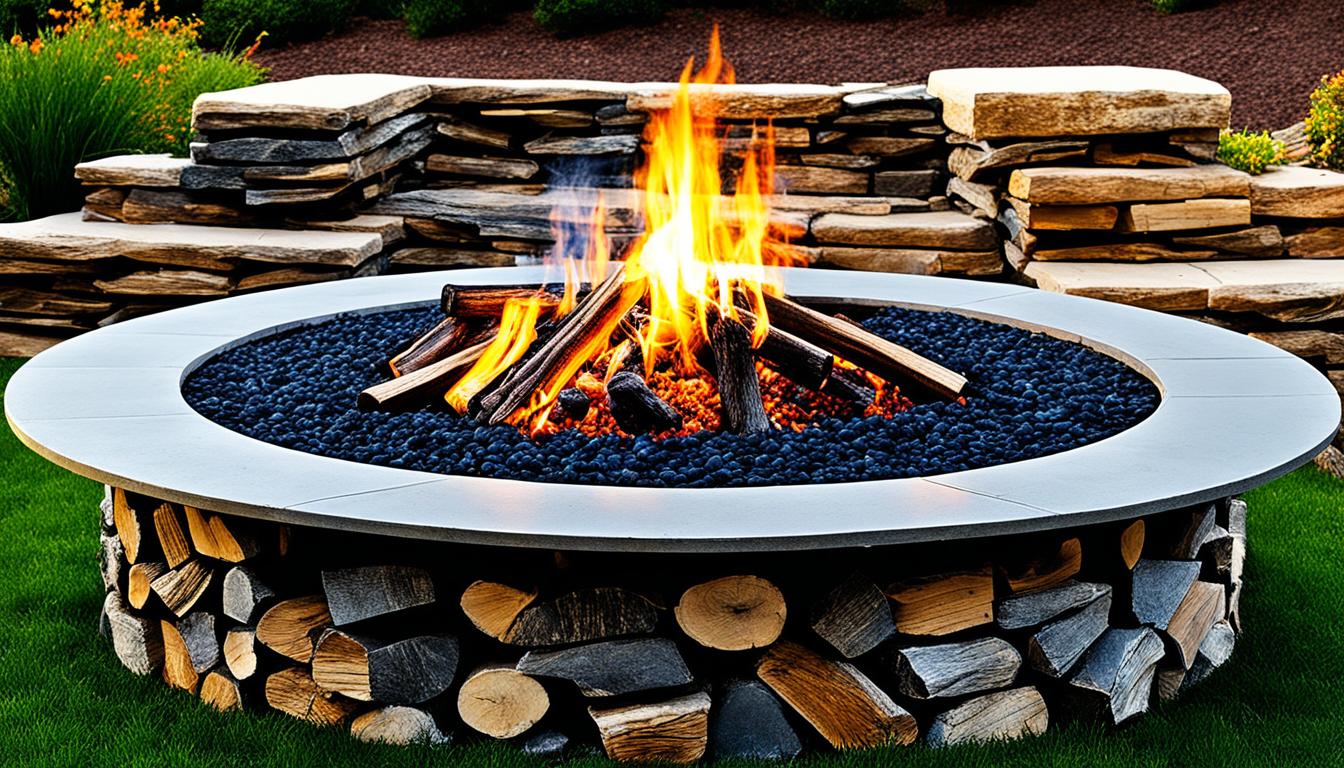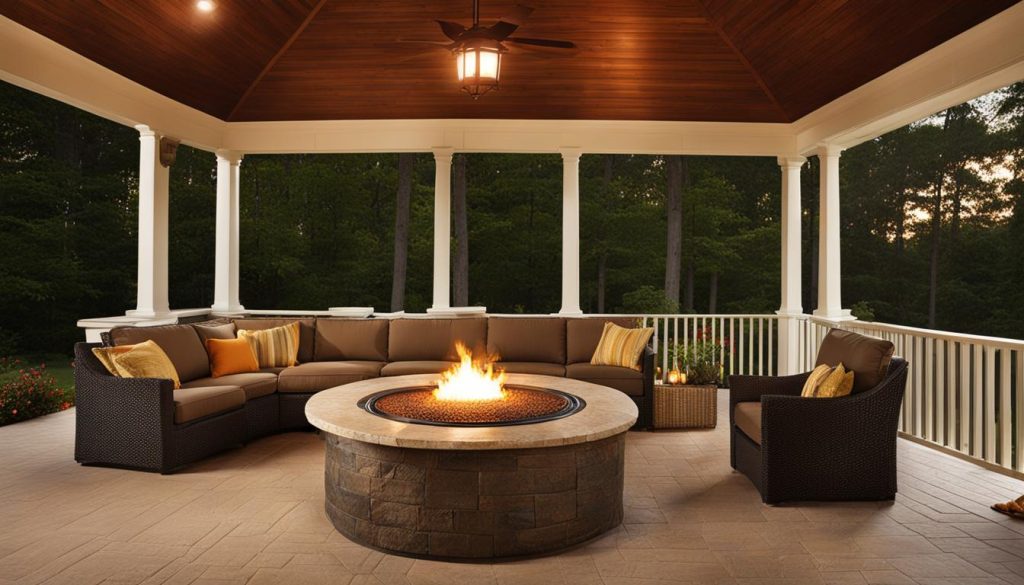
When it comes to creating a cozy and inviting outdoor space, a fire pit can be a fantastic addition. But what about using a propane fire pit in a screened porch? Can it be done safely? This question has sparked debate among homeowners, with concerns ranging from fire hazards to carbon monoxide risks. So, what’s the verdict? Are propane fire pits a suitable option for screened porches, or should they be avoided altogether?
In this article, we’ll delve into the topic of propane fire pit safety on screened porches. We’ll explore the regulations, ventilation requirements, and general considerations for setting up a propane fire pit in an enclosed space. By the end, you’ll have a clear understanding of the potential risks and necessary precautions to ensure a safe and enjoyable experience.
Key Takeaways:
- Using a propane fire pit in a screened porch requires careful attention to safety regulations and guidelines.
- Carbon monoxide risks and fire hazards need to be considered when using a propane fire pit in an enclosed space.
- Proper ventilation and adherence to clearance requirements are crucial for safe operation.
- Consult the manufacturer’s instructions and potentially reach out to your homeowners insurance company for further guidance.
- Alternative options, such as patio heaters or outdoor fireplaces, may be a safer choice for covered spaces.
Can You Use a Gas Fire Pit in a Screened Porch?
The use of a gas fire pit in a screened porch is a common question among homeowners. Many people enjoy the cozy ambiance and warmth that a fire pit provides, but there are valid concerns about fire hazards and carbon monoxide (CO) risks.
While some users on online forums share their positive experiences of using gas fireplaces on their screened porches without any issues, it’s important to approach this decision with caution and prioritize safety.
“Safety should always be the first priority when considering the use of a gas fire pit in a screened porch,” advises Mark Johnson, a certified fire safety expert.
Gas fire pits, like gas fireplaces, typically have low heat output, which means they may not provide significant warmth. However, it’s important to take into account other considerations as well.
“When using a gas fire pit on a screened porch, it’s crucial to ensure safe operation and minimize the risk of heat damage to the porch structure,” cautions Johnson.
Here are some factors to consider when deciding whether to use a gas fire pit in your screened porch:
- Height of the fire pit: Make sure that the height of the fire pit is appropriate for your porch. Too low could increase the risk of heat damage, while too high may impede efficient heat distribution.
- Clearance requirements: Maintain proper clearance between the fire pit and any combustible materials, such as furniture and curtains, to reduce the risk of fire hazards.
- Potential heat damage to the porch structure: Check the manufacturer’s guidelines and consult with a professional to determine if your porch can withstand the heat generated by the fire pit.
- Location within the porch: Consider placing the fire pit in the center of the porch to ensure even heating and minimize the risk of heat damage to the walls or ceiling.
- Impact on ceiling fans: Take into account the potential effects of the fire pit’s heat output on any ceiling fans in the porch. Ensure that the fire pit is positioned safely to prevent damage or interference with the fans’ operation.
Remember, safe operation is key to minimizing the risks associated with using a gas fire pit in a screened porch. Always follow the manufacturer’s instructions for installation, usage, and maintenance.
Additionally, it’s advisable to consult your homeowners insurance company to ensure coverage in case of malfunctions or accidents. They can provide valuable guidance specific to your policy and porch setup.
By considering these factors and prioritizing safety, you can make an informed decision about whether or not to use a gas fire pit in your screened porch. As with any heating appliance, caution and diligence are crucial to ensure a safe and enjoyable experience.
Safety Considerations for Using a Fire Pit in a Covered Space
When considering installing a fire pit in a covered space, it is vital to prioritize safety and take several important factors into consideration.
Ceiling Height: Before proceeding with the installation, it is crucial to check the ceiling height of the covered space. The ceiling should be sufficiently high to accommodate a fire pit underneath without posing any risks of damage or fire hazards.
Ventilation: Proper ventilation is paramount when using a fire pit in a covered space. Adequate airflow is necessary to prevent the buildup of toxic fumes and smoke. Ensure that the covered space has sufficient openings or vents to facilitate proper ventilation.
Location: The location of the fire pit within the covered space is also crucial for safety. It should be positioned in an open and clear area, far away from low-hanging trees, plants, and other flammable materials. This will help prevent accidental fires and ensure the safety of the surrounding environment.
Flooring: The type of flooring in the covered space is an important consideration. To minimize the risk of fire, it is recommended to use non-combustible materials such as stone, brick, or concrete flooring. If the existing flooring is wooden, composite, or vinyl, a non-combustible material like a concrete slab should be used as a base for the fire pit.
By following these safety considerations, you can enjoy the warmth and ambiance of a fire pit in your covered space while ensuring the overall safety of your surroundings.
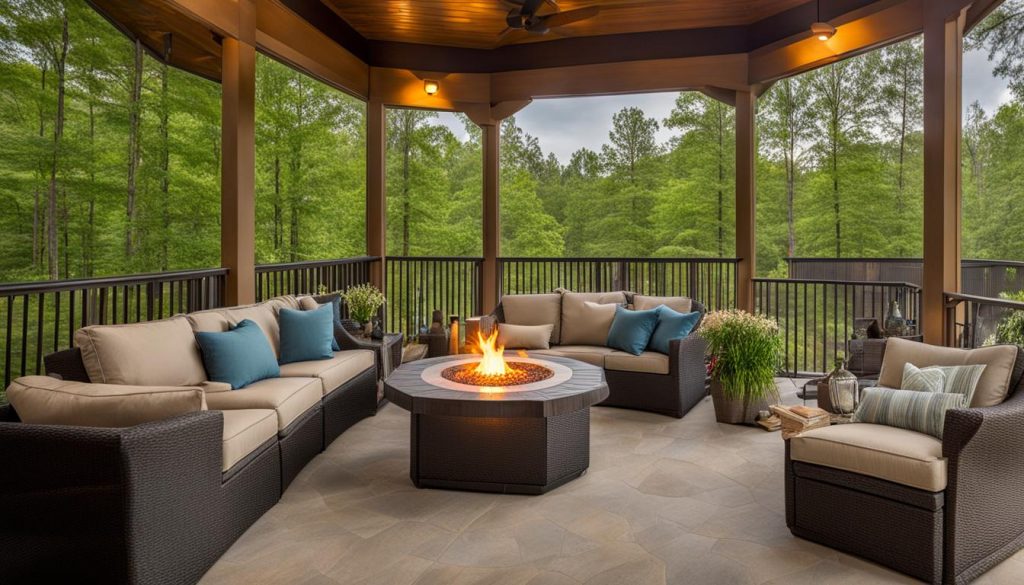
Conclusion
When considering the installation of a fire pit under a covered patio, it is crucial to prioritize safety and adhere to local codes and regulations. Research your city’s guidelines to ensure compliance and avoid any potential fire hazards or safety concerns.
Before proceeding with the installation, carefully review the specific safety requirements and guidelines outlined in the installation manuals of the fire pits you are considering. These instructions will provide valuable insights into the proper setup, maintenance, and safe operation of your chosen fire pit.
If, after thorough research, you determine that installing a fire pit under your covered patio is not feasible or poses safety concerns, there are alternative options available. Consider using patio heaters or outdoor fireplaces as an alternative solution. These can still provide ambiance and warmth to your outdoor space while minimizing the risk of fire hazards.
Lastly, it is important to reach out to your homeowners insurance company to inquire about coverage in case of any potential malfunctions or accidents related to your fire pit. Understanding your insurance coverage will provide peace of mind and ensure that you are adequately protected.
Recommended
- Buy Solo Stove: Find Your the Best Retailer Online
- Master How to Use Solo Stove – Tips & Tricks
- Understanding How Solo Stove Works | Eco-Friendly Tech
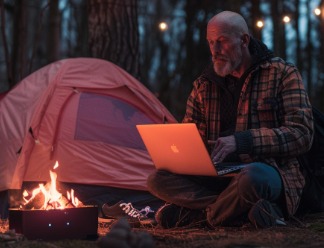
Otis, 52, embodies a lifetime of adventure, from the rugged hills of the USA to serene camping spots worldwide. His passion for the outdoors isn’t just a hobby; it’s a way of life that includes hiking, camping, and exploring the unknown. With decades of experiences under his belt, Otis shares his adventures and lessons learned through Natural Fire Pit. Beyond fire pits, his expertise in outdoor living, from setting up the perfect tent to finding off-the-beaten-path travel destinations, guides fellow enthusiasts. Follow Otis’s journey for a deeper connection with nature.
